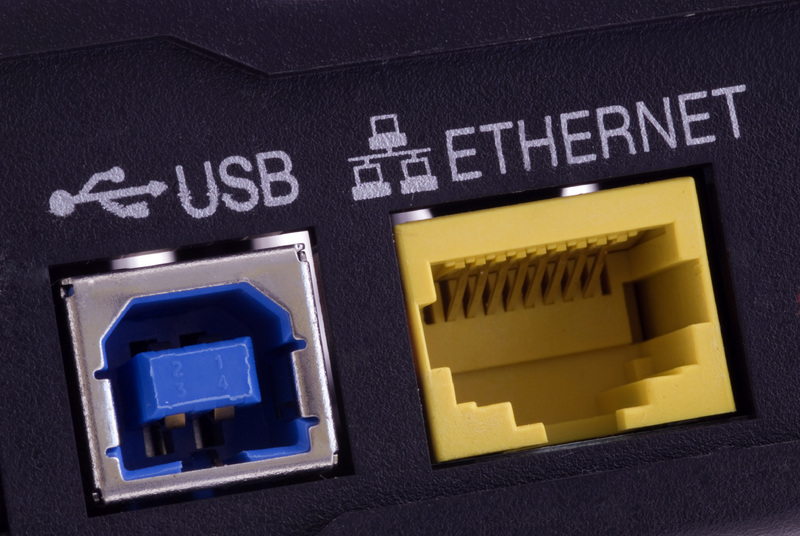No one would doubt that we are in the electronic age with new gadgets and devices constantly emerging, allowing us to upload, download, connect, and share over the internet. Most modern families are well-connected, with quite a number of these devices and gadgets in use at any given minute and all that data transfer can take a lot of speed from fibre optic broadband, so it’s important to have enough to go around.
The Uses of Broadband
The list of electronic devices that require fibre optic broadband is long and ever increasing. First, you have the basics, such as desktop and laptop computers. These obviously require an internet connection to chat, email, browse, shop and watch videos. You then have to consider smartphones and tablets, such as Kindles and iPads among others, all of which require an internet connection to download books, play games, read emails and more. Finally, you may have other household devices that require a connection, such as printers, blu-ray players (for e.g. Netflix or Pandora) and game consoles.
With all of these commonplace devices needing a speedy internet connection and wireless router to enable wifi access, many modern households require a fast enough fibre optic service to ensure all devices are able to work simultaneously. Without this, connecting, uploading, downloading and general buffering will all take noticeably longer. Streaming items, such as video or music, may even be interrupted, skipped or freeze altogether, which makes for one unhappy family.
The Details
Broadband speed is measured in megabits per second (Mbps) and it is the rate at which information is sent or received over your home’s broadband. Some measurements may also appear in kilobits per second (Kbps) as 1,000 Kbps is equivalent to 1 Mbps. The higher your broadband speed in Mbps, the faster your Internet connection; files, music, websites and videos will all download or upload at a faster rate. This means that everyone in your family will be able to do things online without affecting one another’s bandwidth. For instance, a 16 Mbps connection will download, upload and stream in half the time of an 8 Mbps connection.
Fibre optic broadband can see data used up quickly when it comes to everyday online activities. The popular video website YouTube uses anywhere from 0.5 Mbps to 1 Mbps and higher, depending on whether the video being watched is in High Definition (HD) or not. Netflix, which can be accessed on a computer or other device such as a blu-ray player or several games consoles, uses around 3 to 4 Mbps. Other TV and movie streaming services like BBC iPlayer, iTunes, Google Play recommend at least 1 Mbps of bandwidth. Add your monthly downloads to that equation and your data is used up before you know it.
Find the Right Package for your Household
Most broadband providers offer different speed packages. The more speed the service provides, the higher the monthly bill will be. Virgin Media offers fibre broadband with speeds of 100 Mbps and higher and Ofcom’s 2012 report named them the fastest average broadband speeds in the country. Choose the package that suits your household’s speed needs, taking number of devices and frequency of use into account; it’s often worth paying that bit extra to stay connected. After all, even the cheapest package is worthless if you can’t.





